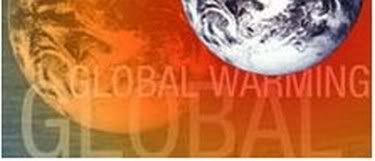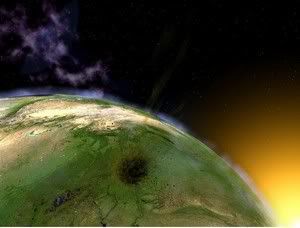global hype

some inconvieniant facts
The year 1934 was actually the warmest year, with 1998 coming in second, and temperatures have declined slightly since then. Greenland reached its highest temperature in 1941 and has been cooling ever since. Temperatures have actually cooled slightly since 1998, very likely signaling another ice age similar to the Little Ice Age.
Tuesday, July 27, 2010
Left-wing Env. Scientist Bails Out Of Global Warming Movement: Declares it a ‘corrupt social phenomenon…strictly an imaginary problem of the 1st World middleclass’
The Great global warming update:
Monday, July 19, 2010
Wednesday, June 9, 2010
Thursday, February 11, 2010
The Next Climate-gate?
By John Lott
Wednesday, February 3, 2010
Global Warming: The Other Side | KUSI - News, Weather and Sports - San Diego, CA | Coleman's Corner
KUSI - News, Weather and Sports - San Diego, CA
| Coleman's Corner
Sunday, January 31, 2010
Friday, January 1, 2010
No rise of atmospheric carbon dioxide fraction in past 160 years, new research finds
ScienceDaily (Dec. 31, 2009) — Most of the carbon dioxide emitted by human activity does not remain in the atmosphere, but is instead absorbed by the oceans and terrestrial ecosystems. In fact, only about 45 percent of emitted carbon dioxide stays in the atmosphere.
However, some studies have suggested that the ability of oceans and plants to absorb carbon dioxide recently may have begun to decline and that the airborne fraction of anthropogenic carbon dioxide emissions is therefore beginning to increase.
Many climate models also assume that the airborne fraction will increase. Because understanding of the airborne fraction of carbon dioxide is important for predicting future climate change, it is essential to have accurate knowledge of whether that fraction is changing or will change as emissions increase.
To assess whether the airborne fraction is indeed increasing, Wolfgang Knorr of the Department of Earth Sciences at the University of Bristol reanalyzed available atmospheric carbon dioxide and emissions data since 1850 and considers the uncertainties in the data.
In contradiction to some recent studies, he finds that the airborne fraction of carbon dioxide has not increased either during the past 150 years or during the most recent five decades.


